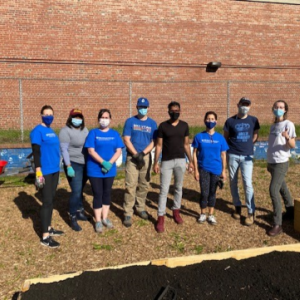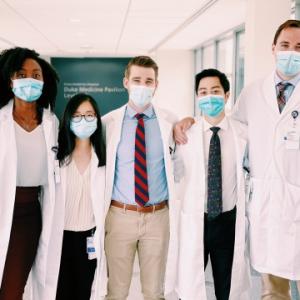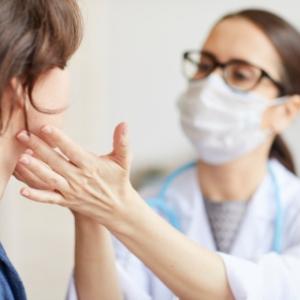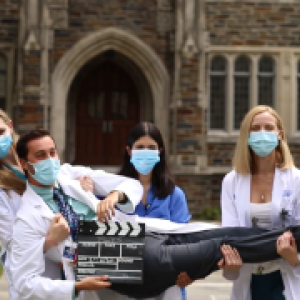Activate Good: Poe Center Garden Project and Food Bank of Durham
HNS&CS team participating at Activate Good event - Poe Center Garden Project and Food Bank of Durham on March 13, 2021.
Training in a Pandemic
Challenges are opportunities in disguise. No statement more accurately reflects the training environment this time a year ago.
The Daphne Logue Memorial Tree
Daphne Logue, RN, was a remarkable nurse whose death on February 16, 2018 robbed faculty and staff of a great spirit. Her coworkers felt privileged to work with her at Duke South Clinic for the last five years of her life.
Head and Neck Surgery & Communication Sciences Community Engagement Program
Photo above: Members of the Duke HNS&CS team volunteering at one of the Durham community gardens
HNS&CS Maintains Strong Connections with Alumni
Maintaining strong connections with alumni is integral to the success of the Otolaryngology residency program
Sialendoscopy Removes Salivary Stones, Spares Glands, Speeds Recovery
Outpatient Procedure Requires Special Equipment and Expertise Available at Duke
Are Two Always Better Than One?
Evaluating the Benefits of Two Hearing Aids Versus One Hearing Aid in Patients with Age-Related Hearing Loss
Residency Recruitment in the Age of COVID-19
Nationwide, residency programs faced the same dilemma in 2020: how can a program truly engage applicants and offer candidates an authentic representation of the resident experience when recruiting must take place entirely through a computer screen?









